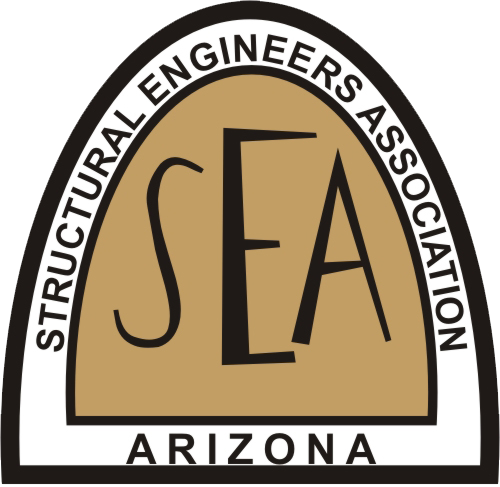STRUCTURAL ENGINEERS ASSOCIATION OF ARIZONA
Structural Licensure
SEAoA works with NCSEA through the NCSEA Structural Licensure Committee to influence states to adopt consistent licensing laws and rules in the interest of public safety, especially relating to licensure of structural engineers. Please visit the Structural Engineering Licensure page on the NCSEA website to find links and resources relating to Structural Engineering Licensure across the United States and the consensus statement released by the Structural Engineering Licensure Coalition (SELC).
Licensure of Structural Engineers is a provision in a jurisdiction's statutes (enacted by the legislature) or rules (established by the licensing board) and generally varies state-by-state. Arizona currently requires Structural Engineering applicants to complete the 16-hour NCEES SE Exam and have 3 or 4 years of qualified experience after completing an approved Master's or Bachelor's degree program, respectively, in order to receive professional registration. There are also provisions for licensure through comity with other states.
Despite the specialized requirements for professional registration of Structural Engineers the Arizona Board of Technical Registration only recognizes Structural Engineering as a separate practice area but does not limit a Professional Engineer (PE) from practicing outside of their designated area. For example, a licensed Professional Engineer with a Mechanical designation would not be specifically restricted from signing plans for a bridge design. The SEAoA Practice Act Committee supports separate Structural Engineering Licensing through obtaining a Structural Practice Act in the State of Arizona as a way of clearly defining the responsibilities for the practice of structural engineering. Please click on the link below for a short one page explanation of what a Structural Practice Act would mean for Arizona.
